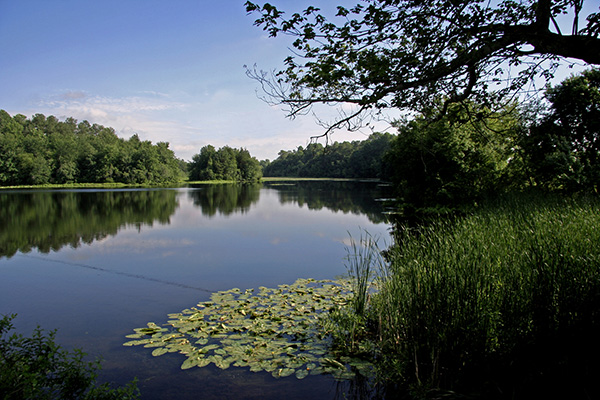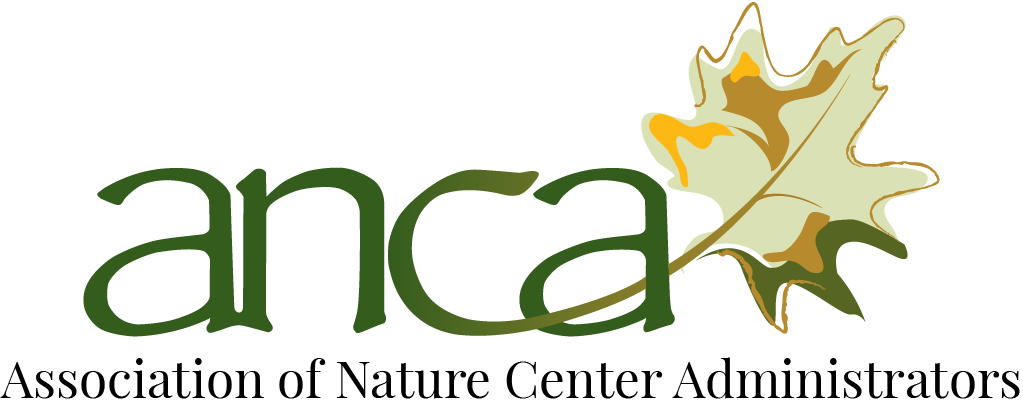by Ellie Ezekiel, Environmental Advocate
Delaware Nature Society — Hockessin, Del.
delnature.org
THE END OF MAY 2021 BRINGS WITH IT the anniversary of George Floyd’s murder by Minneapolis police officer Derek Chauvin. Mr. Floyd’s murder, a jarring display of police brutality against a Black man, ushered in a new era of the civil rights movement around the globe. The tragedy sparked long overdue social justice conversations across all levels of society as organizations began to recognize and challenge their own complicity and unconscious racial biases. Many nature centers were forced to reckon with their White-centered practices and policies, and Delaware Nature Society (DelNature), was no exception.
We released a statement of solidarity in early June to communicate our commitment to doing the internal work to begin transforming our organization. “Recognizing our own need for change, we have started working on ways to ensure we are more inclusive, just, equitable and responsive to all communities. We are only in the planning stages...[and] we must challenge ourselves to ask the tough questions,” the statement reads. “What are we doing to combat racism and acknowledge white privilege? What are we doing to diversify our staff and programming? What can we do to ensure that everyone, including people of color, shape our mission and work in the community?”
 Abbott’s Pond at Abbott’s Mill Nature Center in Milford, Del. Abbott’s Mill Nature Center is a DelNature partnership with the State Division of Historical and Cultural Affairs and the DE Division of Fish and Wildlife.
Abbott’s Pond at Abbott’s Mill Nature Center in Milford, Del. Abbott’s Mill Nature Center is a DelNature partnership with the State Division of Historical and Cultural Affairs and the DE Division of Fish and Wildlife.
A year later, and there is still a significant amount of work to be done, but we have decided we must reframe the way that we approach accomplishing the mission of our organization. One important change we made was requiring that all our advocacy, without exception, is reviewed through what we refer to as a Diversity, Equity, Inclusion, and Justice, or DEIJ, Lens. Often, because of the emphasis on creating equitable policies, it is shortened to the Equity Lens.
Using an Equity Lens requires that rather than focusing solely on impacts and opportunities for the environment, we review legislation to take social justice and/or equity implications into consideration. We ask questions such as, “Could this legislation have a disproportionate impact on low-income or BIPOC communities?” or “Does this bill unfairly target any of the local customs or traditions of under-represented communities in this area?” Environmental legislation can often have an unintentional negative impact on low-income, BIPOC, or underserved communities and create additional burdens, not out of malice, but of ignorance.
An important distinction to clarify is that this is not meant to be an exercise in making assumptions. When exploring potential equity considerations, it is crucial that you are doing the work to seek feedback from communities that are likely to be impacted and not guessing at how they might feel, especially if your organization is not representative of your region’s demographics.
A recent example of how our Equity Lens has restructured our approach focuses on legislation meant to prevent the intentional release of balloons, Delaware Senate Bill 24 (SB 24). Balloons, what might appear to be a harmless party favor or decoration for many, are a significant pollutant and a major threat to marine wildlife such as birds, whales, and sea turtles. The latex and Mylar are not readily biodegradable and the ribbons and strings attached to balloons can lead to dangerous entanglements.
 We must consider the cultural implications of our advocacy actions, as well as the energy needed to transition to more sustainable alternatives — such as lighting candles instead of releasing balloons.Presented with this information alone, the environmental argument for penalizing balloon releases would ordinarily appear clear cut for an environmental organization. However, after looking again at the issue through an Equity Lens, we realized that for some minority communities this would mean taking away a commonly utilized tradition for family commemorations. It was critical that this legislation included a significant window of time to work with these communities, build relationships, and propose alternatives, such as lighting candles or blowing bubbles, before instituting any fines, in order to have our support.
We must consider the cultural implications of our advocacy actions, as well as the energy needed to transition to more sustainable alternatives — such as lighting candles instead of releasing balloons.Presented with this information alone, the environmental argument for penalizing balloon releases would ordinarily appear clear cut for an environmental organization. However, after looking again at the issue through an Equity Lens, we realized that for some minority communities this would mean taking away a commonly utilized tradition for family commemorations. It was critical that this legislation included a significant window of time to work with these communities, build relationships, and propose alternatives, such as lighting candles or blowing bubbles, before instituting any fines, in order to have our support.
Balloons and balloon bans are a small-scale issue I chose to use an example for brevity, but the same Equity Lens can, and should, be used for more serious, broad-scale concerns such as ensuring the equitable distribution of infrastructure funding, the prioritization of park land in urban neighborhoods that lack tree canopy cover, and the requirement that there be made room at the decision-making table for environmental justice community leaders.
Some nature centers might feel that social justice concerns are outside of their realm of influence, or as some may say, “their lane.” That argument is based on a false dichotomy that sets social justice as a stand-alone issue. The reality is that nothing exists in a vacuum, and outdoor recreational spaces and environmental policy are not exempt from the racism and inequality that is perpetuated throughout the nation. Nature centers are meant to serve the full community, and remaining silent is a show of privilege, not neutrality.
DelNature is not an expert in issues regarding DEIJ, and this article is not meant to be a ‘how-to’ or ‘best-practices guide.’ Rather, we were hoping that by sharing some of our process towards progress we can help show others that whether they know the exact right path forward or not, there are steps they can take. It’s about remaining committed to change despite discomfort and the inevitability of making mistakes.
Using an Equity Lens when reviewing policy is just one potential step in the work of dismantling the White-centered policies and procedures that are at the root of so many of our institutions and organizations. The DEIJ journey will look different for all nature centers, but there are endless opportunities to begin the shift to inclusive, equitable work that truly serves all our communities. Eloquently said by a former DelNature colleague in June 2020, “We have stood with our community members as they experienced the value of the natural world and often call on them to help us defend it through our advocacy efforts. It is only right that we now stand with our family, friends, colleagues, and community members of color.”
ELLIE EZEKIEL is an Environmental Advocate at Delaware Nature Society, a statewide environmental nonprofit based out of Hockessin, Del. Check out DelNature’s Clean Water Campaign, a statewide education and outreach campaign to secure dedicated clean water funding.
This article was originally published in the Summer 2021 issue of Directions, the ANCA journal. Members can always access the full issue via the member portal.
Want more stories like this? Scroll down to sign up for our mailing list.

